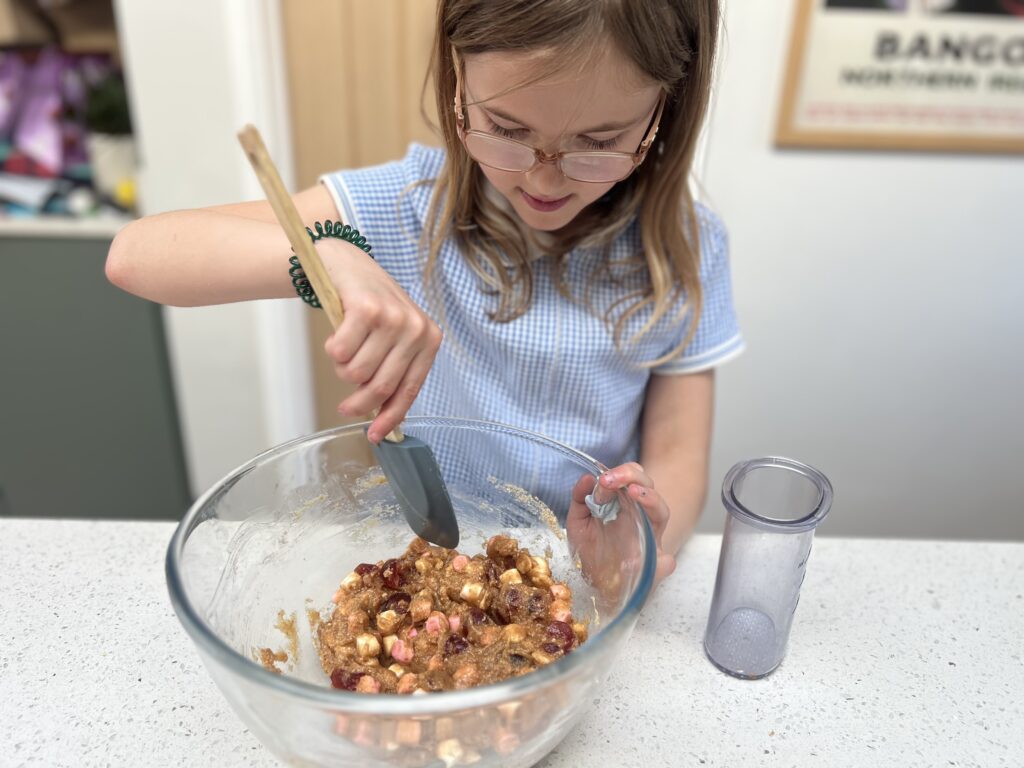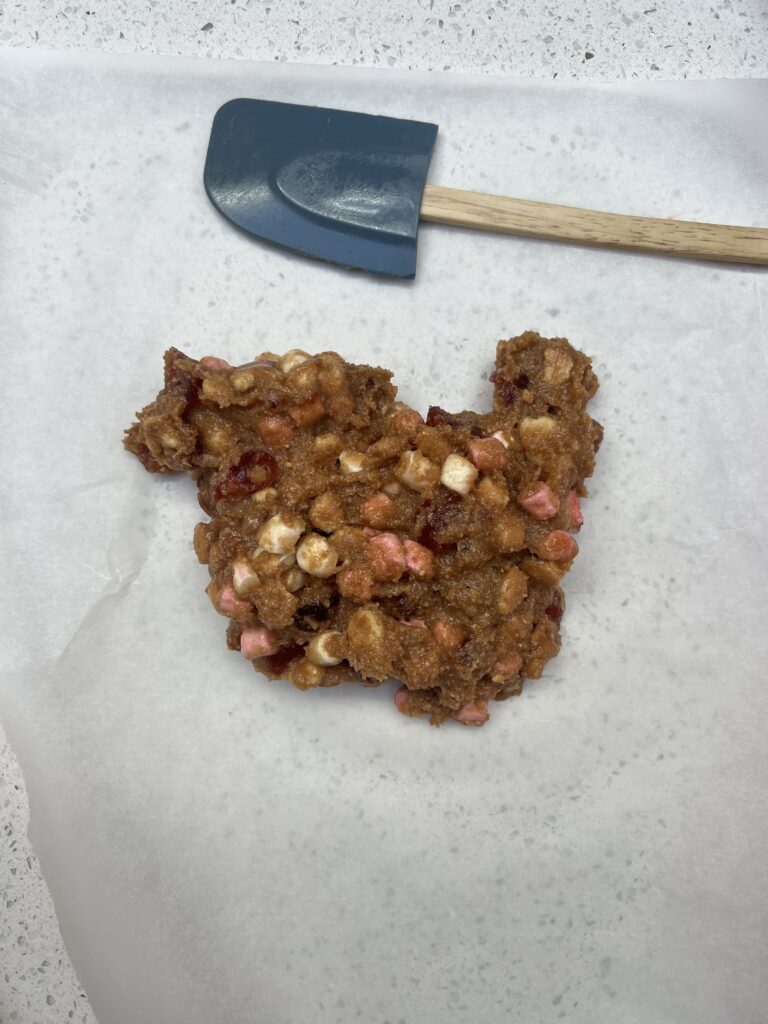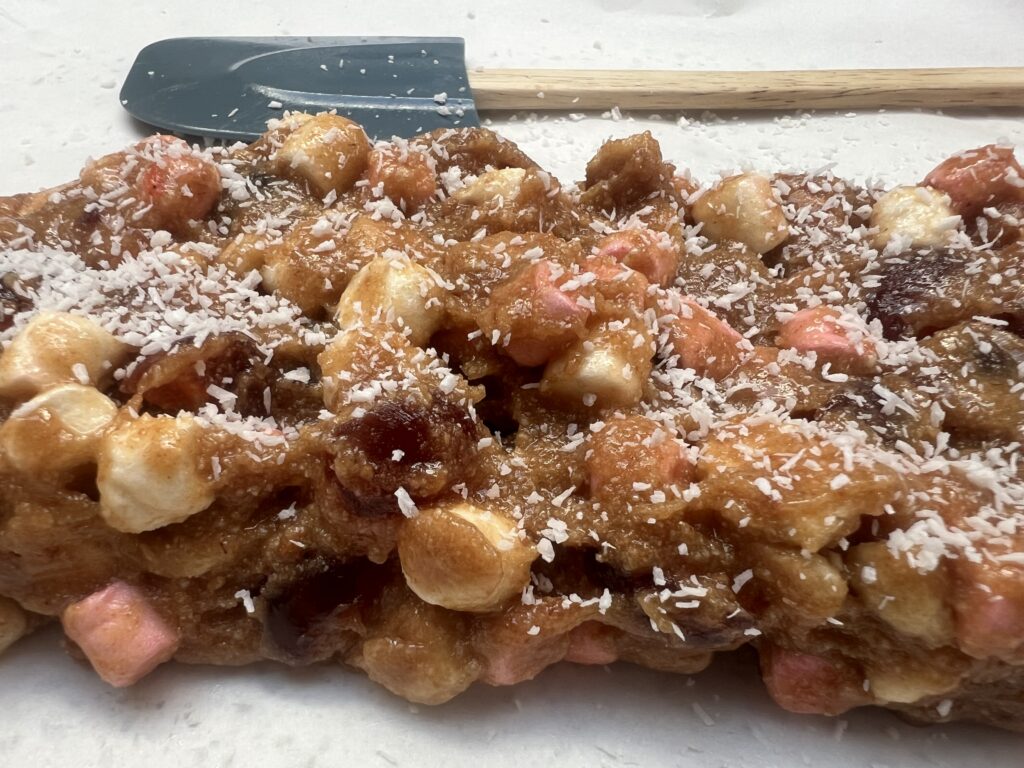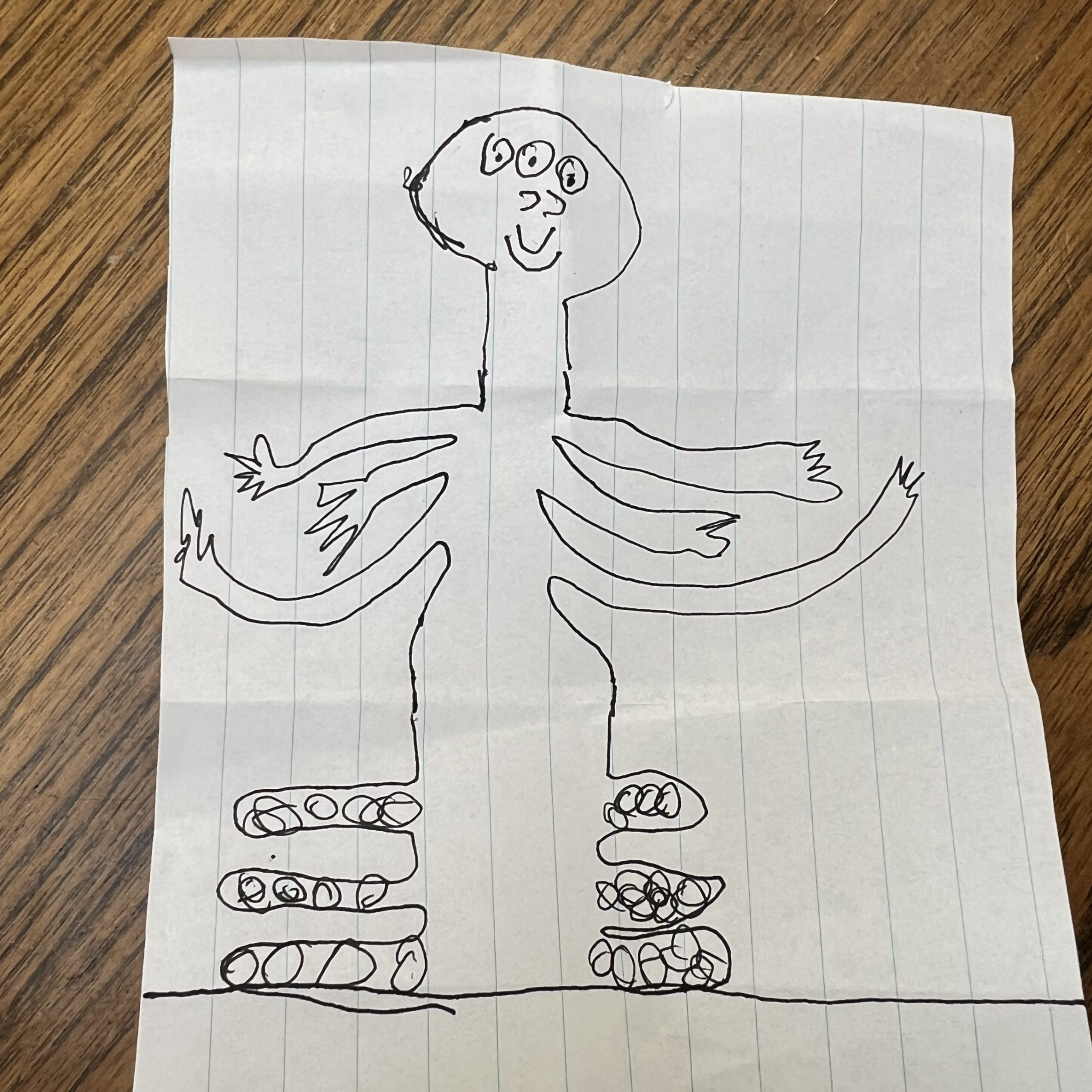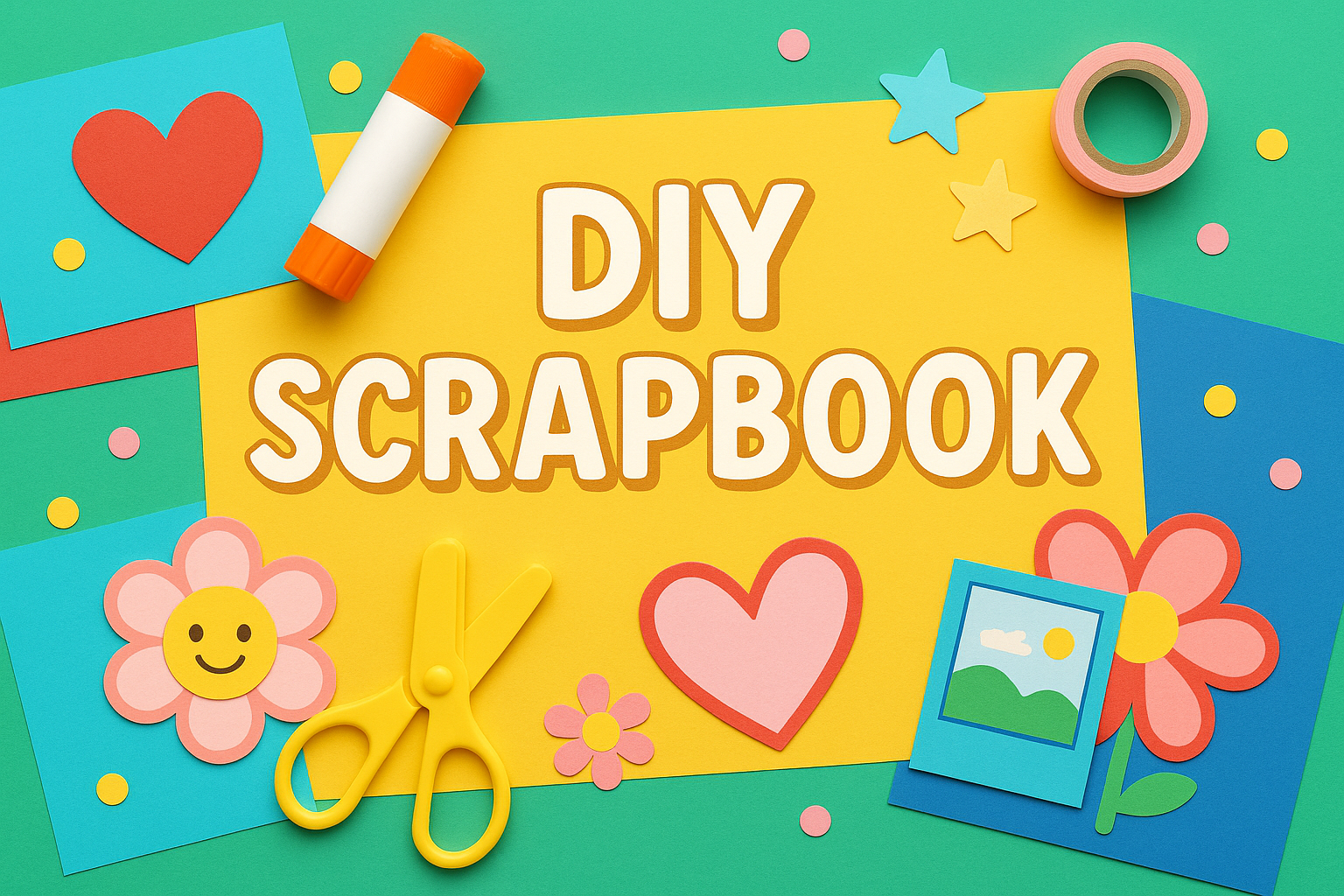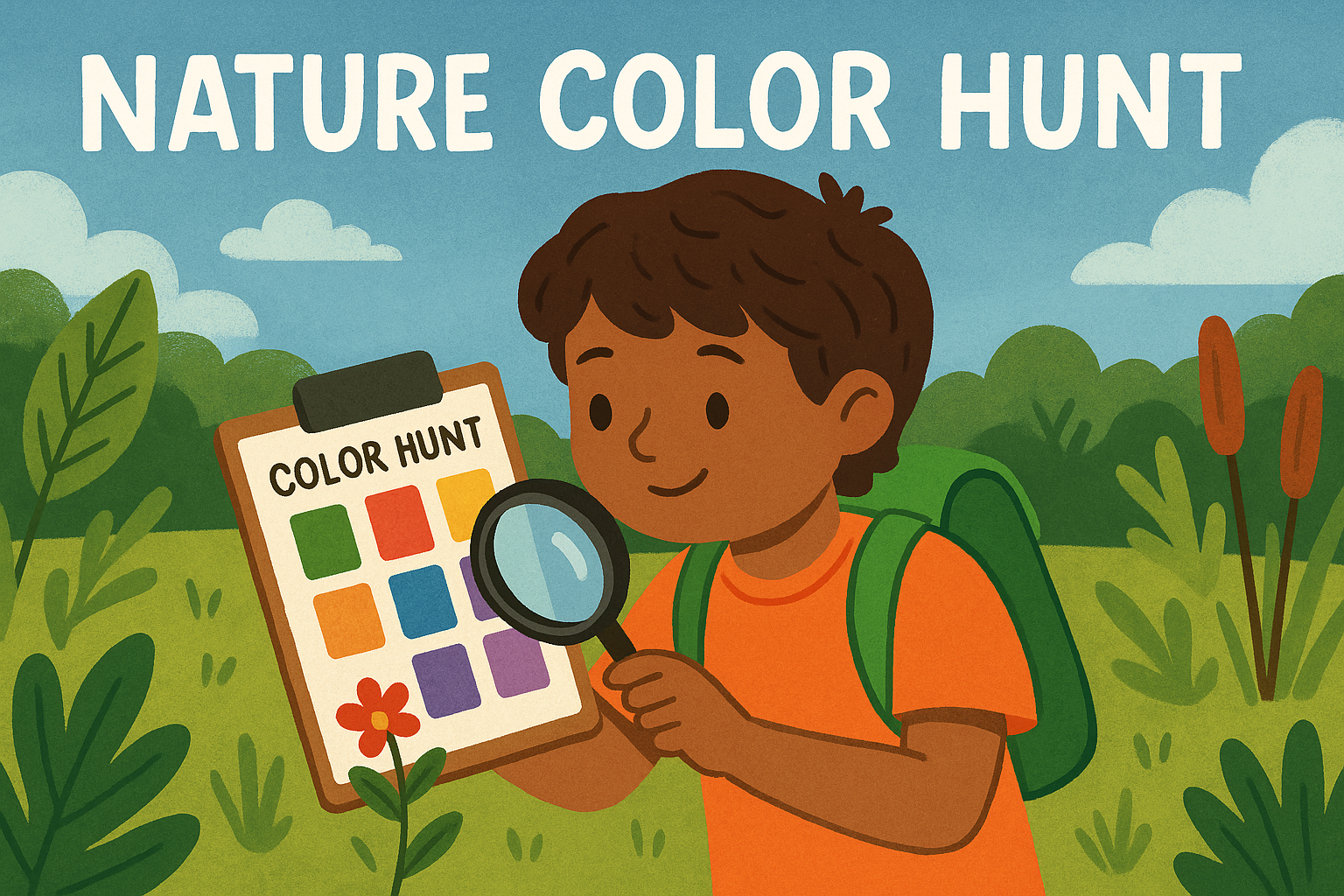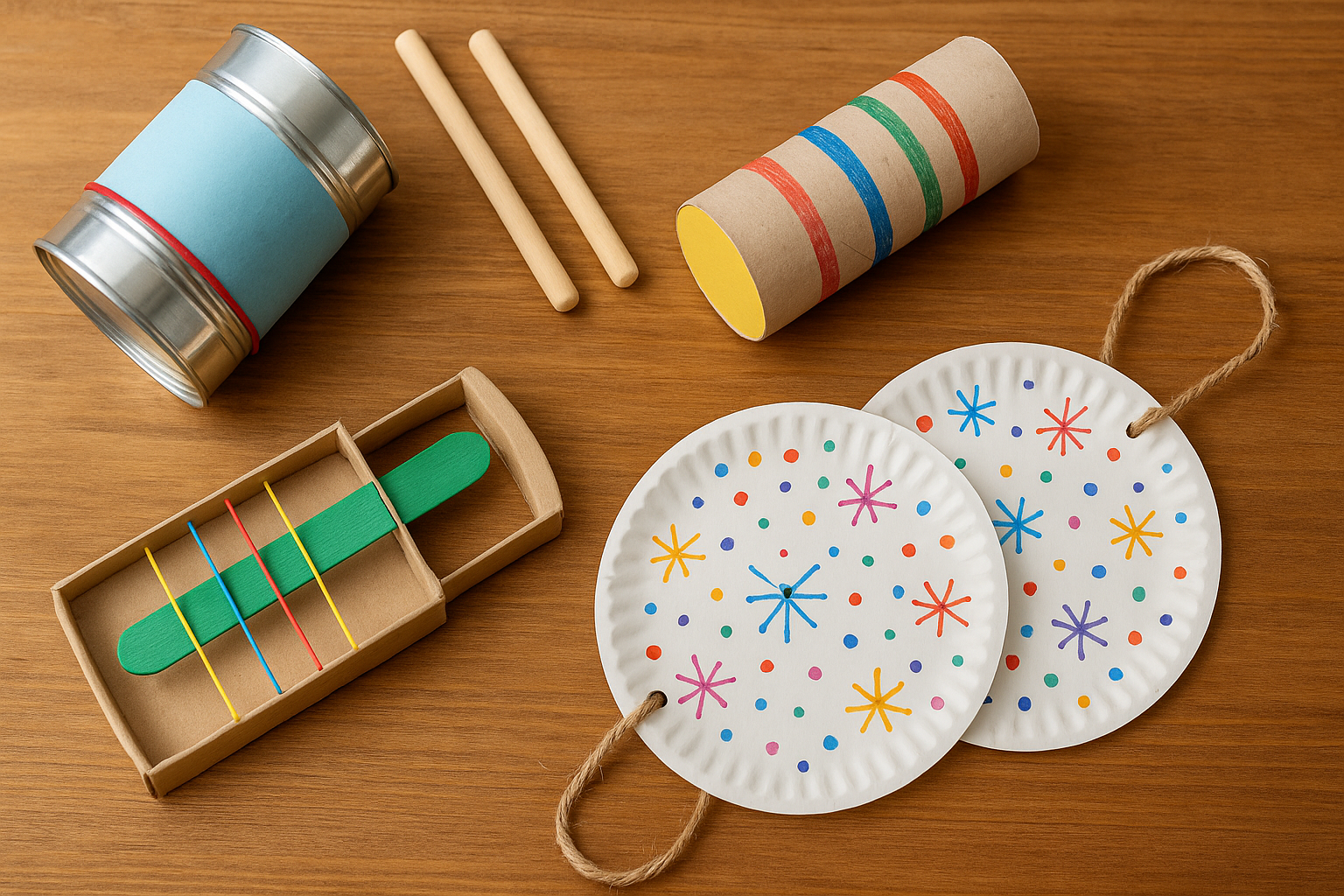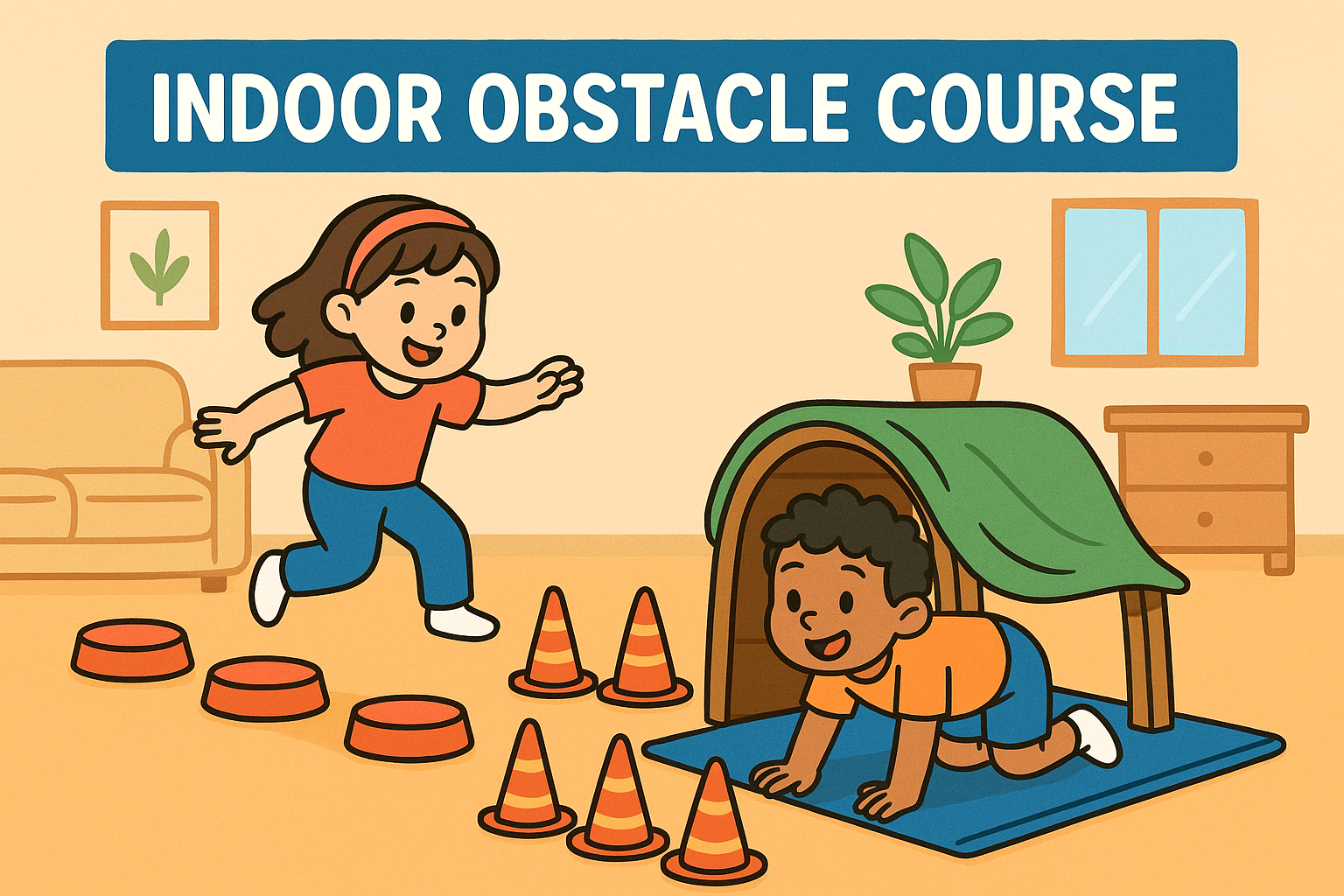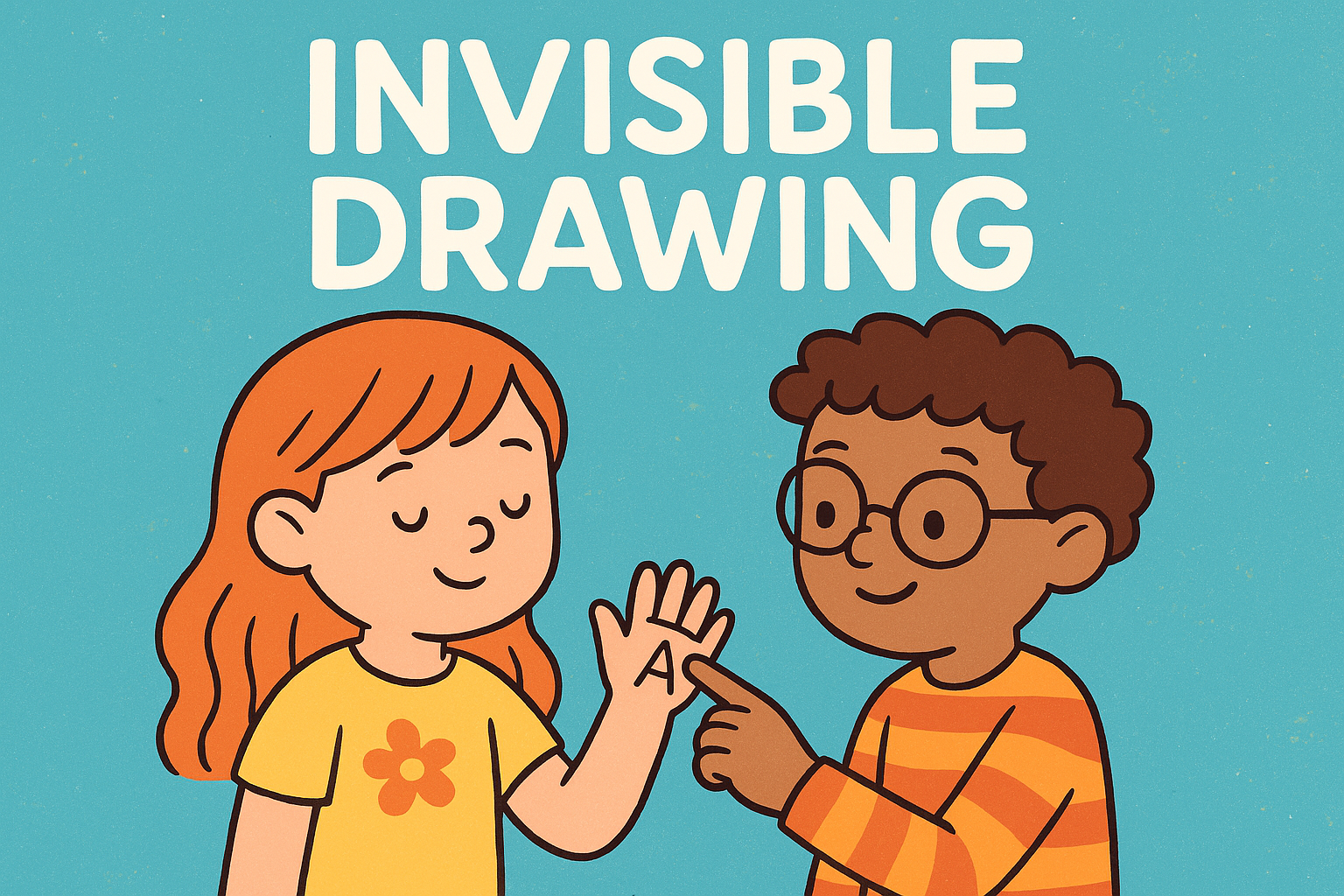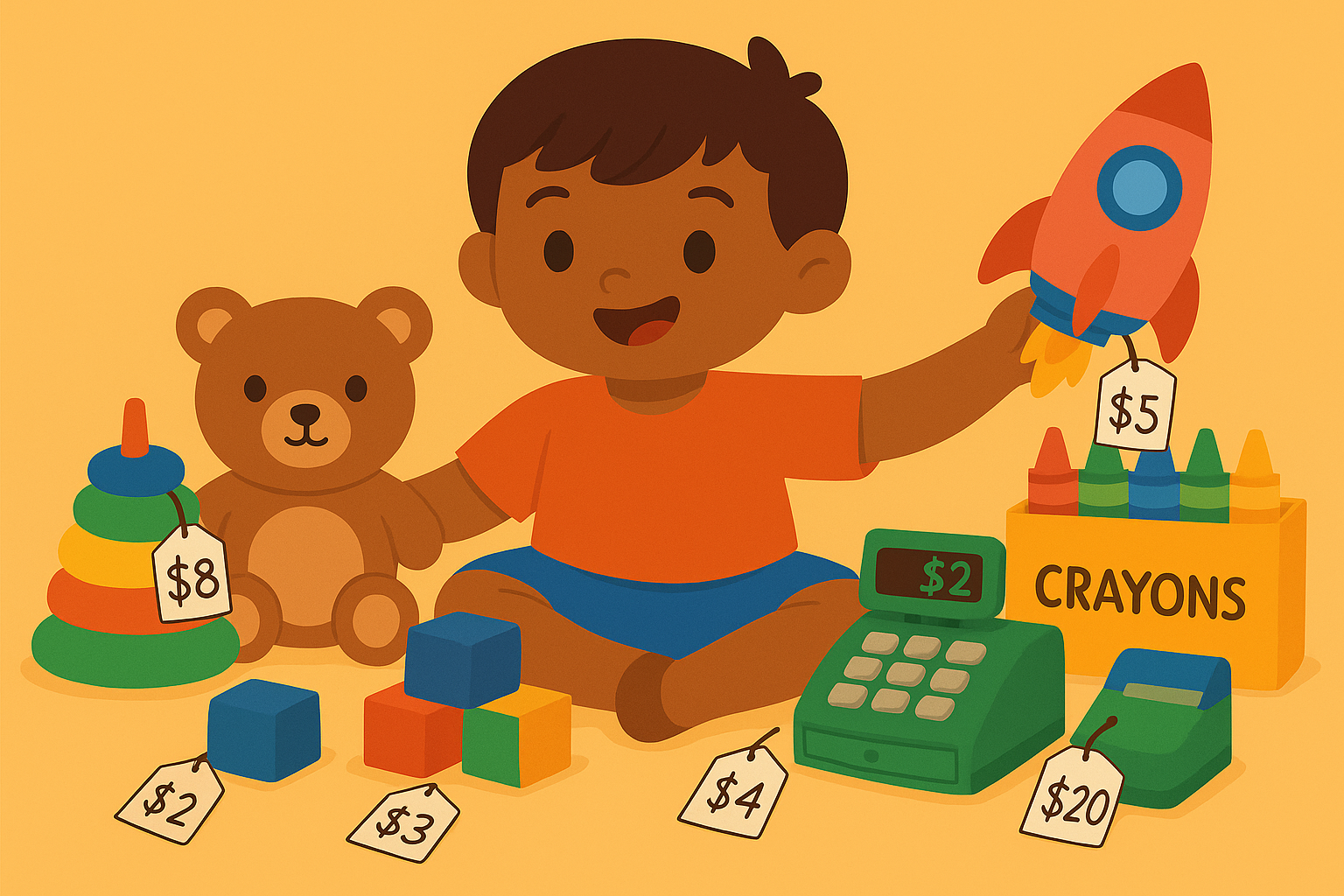Looking for a hands-on activity that combines creativity with nostalgia? Scrapbooking is the perfect way to preserve cherished family memories while giving kids a chance to express themselves through art and design.
Work together to build a scrapbook filled with photos, drawings, ticket stubs, notes, and other mementos. Kids can use colorful paper, fun stickers, and glittery pens to decorate each page while recalling the memories that go with each item. It’s a wonderful opportunity to reflect on past experiences, build storytelling skills, and create something meaningful together.
Plus, once it’s done, you’ll have a beautiful keepsake to enjoy for years to come.
Materials Needed
• A blank scrapbook or notebook
• Family photos
• Glue sticks or glue dots
• Safety scissors
• Colored and decorative paper
• Stickers, washi tape, and embellishments (buttons, ribbons, 3D stickers, etc.)
• Pens, markers, or gel pens
• Optional: ticket stubs, pressed flowers, postcards, or other memorabilia
• None required (basic craft supplies only)
Steps
1. Choose a Theme: Vacations, birthdays, holidays, or “just because”—decide what kind of memories to capture.
2. Gather Materials: Collect photos and keepsakes, and lay out your craft supplies.
3. Design the Pages: Let your child choose how to arrange photos and decorations for each page.
4. Add Captions and Stories: Write short descriptions or quotes to go along with each memory.
5. Decorate: Use stickers, doodles, and paper cut-outs to make each page pop.
6. Review & Reflect: Flip through the scrapbook together, remembering the stories behind each memory.


